Phaestos
| Distance | 60 km to the south of Heraklion |
|---|---|
| Open to the public: | 08:00 - 15:00 daily (winter timetable) |
| Entrance fee: | Adults 8 €, over 65 4 €. Below 18 years of age and students free of charge. |
| Toilet Facilities: | Available |
| Café: | Available |
| Wi-Fi: | Available |
| Parking space: | Available for all types of vehicles |
| Facilities for people with disabilities: | Available but not in the site. |
| Supervised by: | Hellenic Ministry of Culture and Sports |
| Access & walking difficulty: | Difficulty rating 3 |
Distance from the capital city of the prefecture is 60 km to the south of Heraklion. The initial research was conducted by the Italians F. Halbherr and A. Taramelli in 1884. After 1898 excavations were organized by Halbherr and Pernier (1900-1914) and later by Doro Levi (1950-1971) under the supervision of the Italian Archaeological School in Athens.
The surface of the site adds up to 9 hectares. The region was inhabited from the 6th millennia BC to the early Byzantine years. Typical as it may seem, the earliest Minoan palace with the West court in three levels, Central court, sanctuaries, storage rooms, workshops, and other rooms arranged in at least two floors. The first complex, of a total surface of 18000 m2, approximately 2 hectares, was built on the top of a low hill in the beginning of the second millennia BC and was destroyed by fire in 1700 BC. In the middle of the 16th century BC, possibly between 1570-1560 BC a new imposing palace was erected, of a total surface of 12000 m2 which lived on till the final destruction in 1450 BC. In the archaic years an urban settlement was built (Rhea temple and public buildings) until the destruction by the neighboring Gortyna in 150 BC. In the early Byzantine years simple tombs were dug in the upper West Court.
Amongst the most significant finds, the yet to be deciphered clay disc in the transitional phase from Cretan Hieroglyphic to Linear A (known as Phaestos Disc) and plenty of Kamaraic style pottery of an exceptional quality.



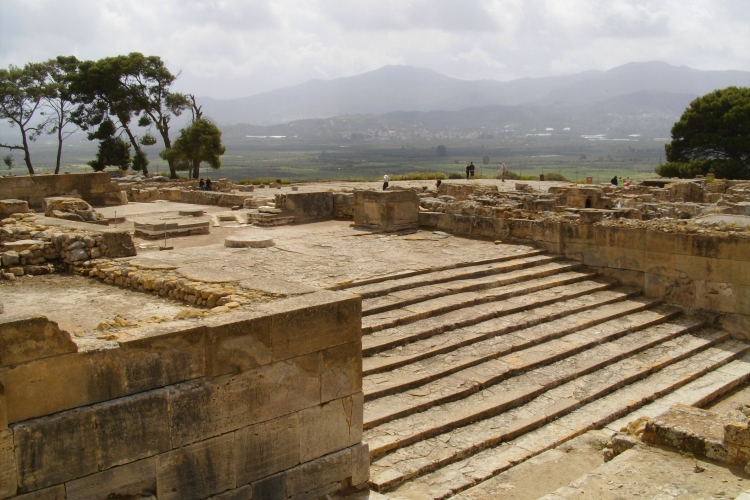
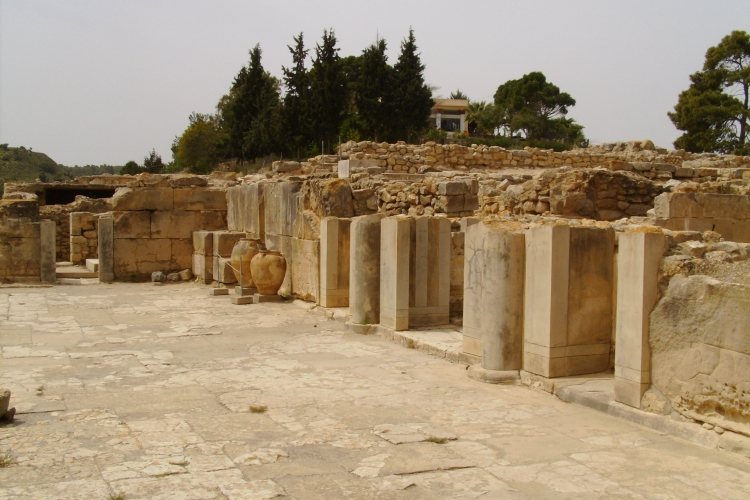
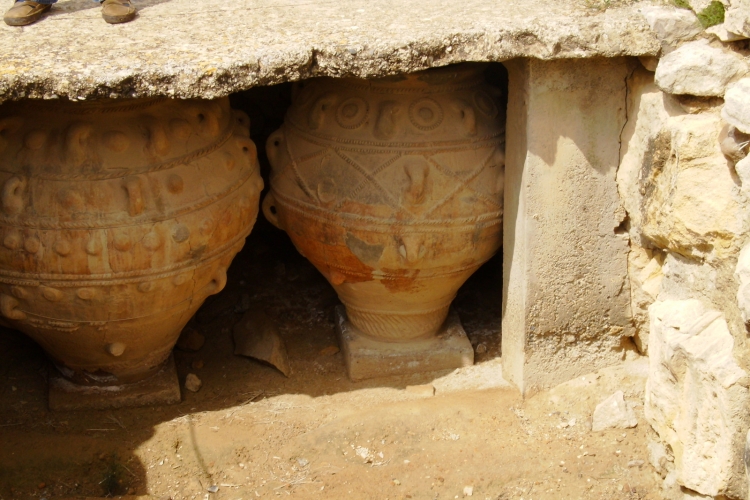
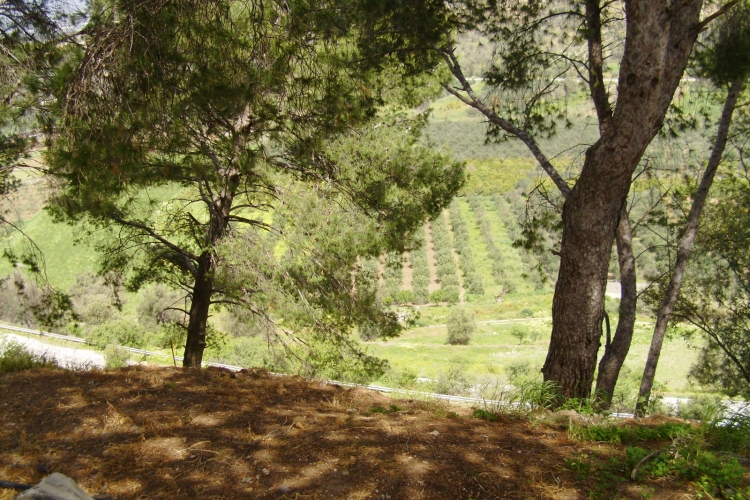
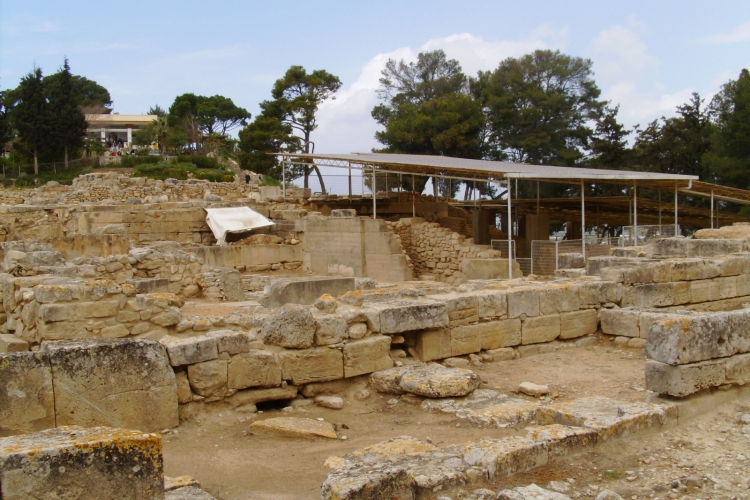





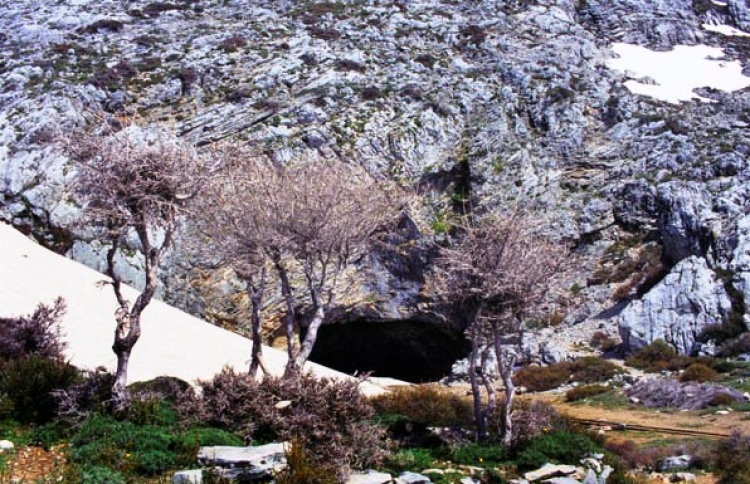
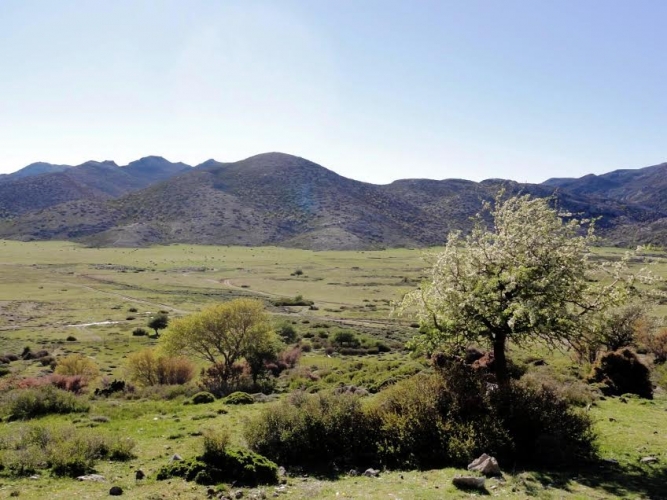

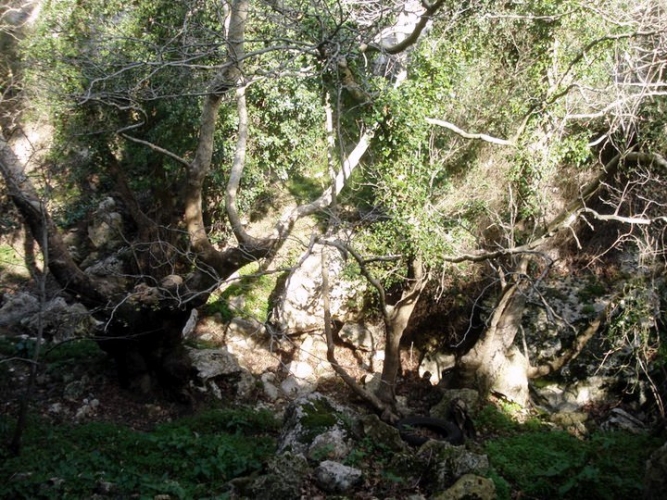
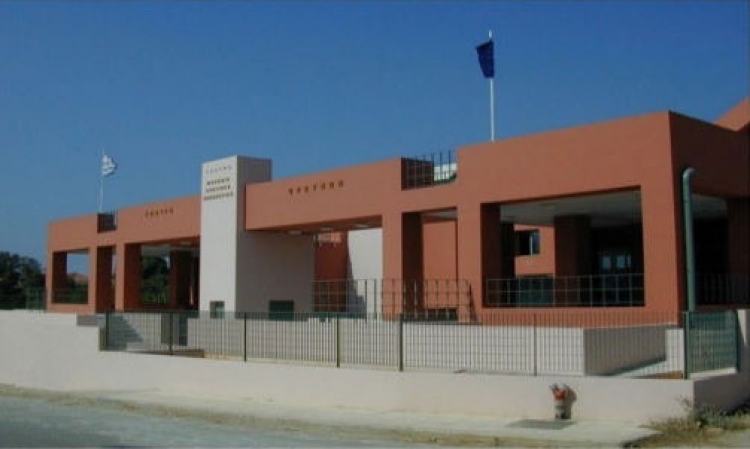


_566_400_s.jpg)

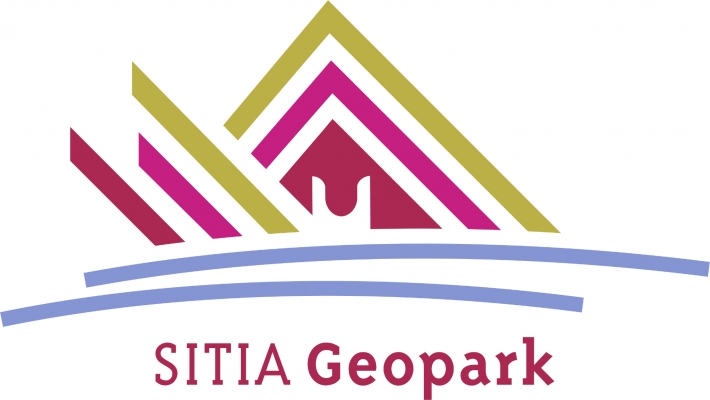
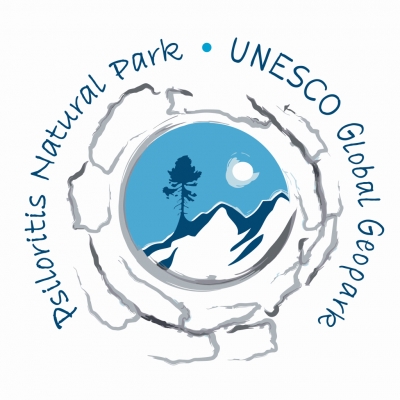

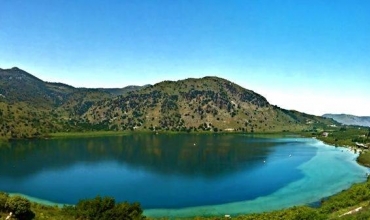
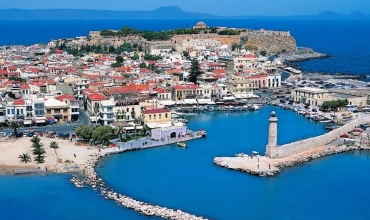
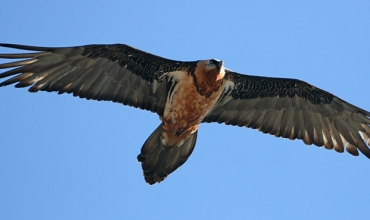
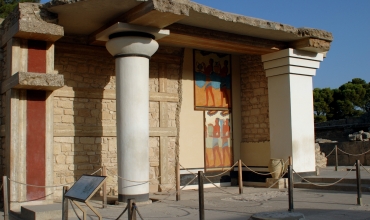
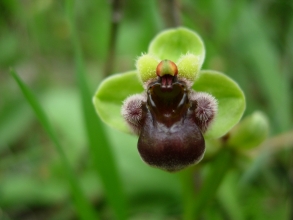 Botanical
Botanical
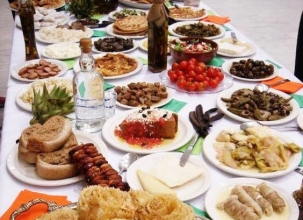 Culinary/Gastronomy
Culinary/Gastronomy
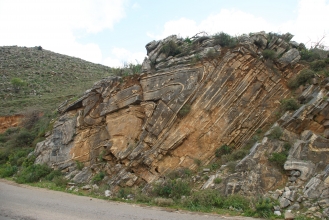 Geology
Geology
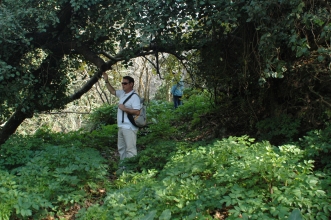 Hiking
Hiking
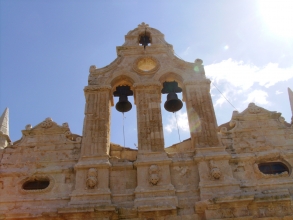 Historical
Historical
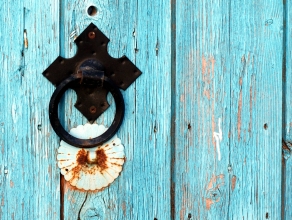 Village experiences
Village experiences
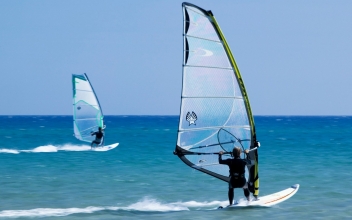 Sports activities
Sports activities
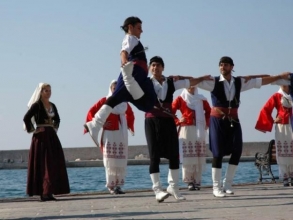 Cultural
Cultural
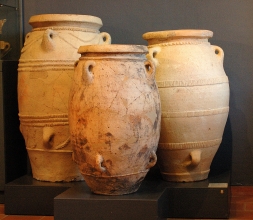 Archaeology
Archaeology
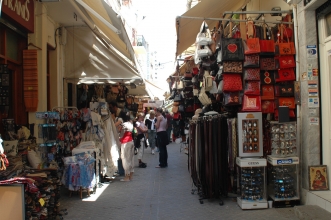 Shopping
Shopping
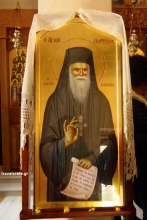 Religious Tourism
Religious Tourism
 Congress
Congress
 Accessible Tours
Accessible Tours
















